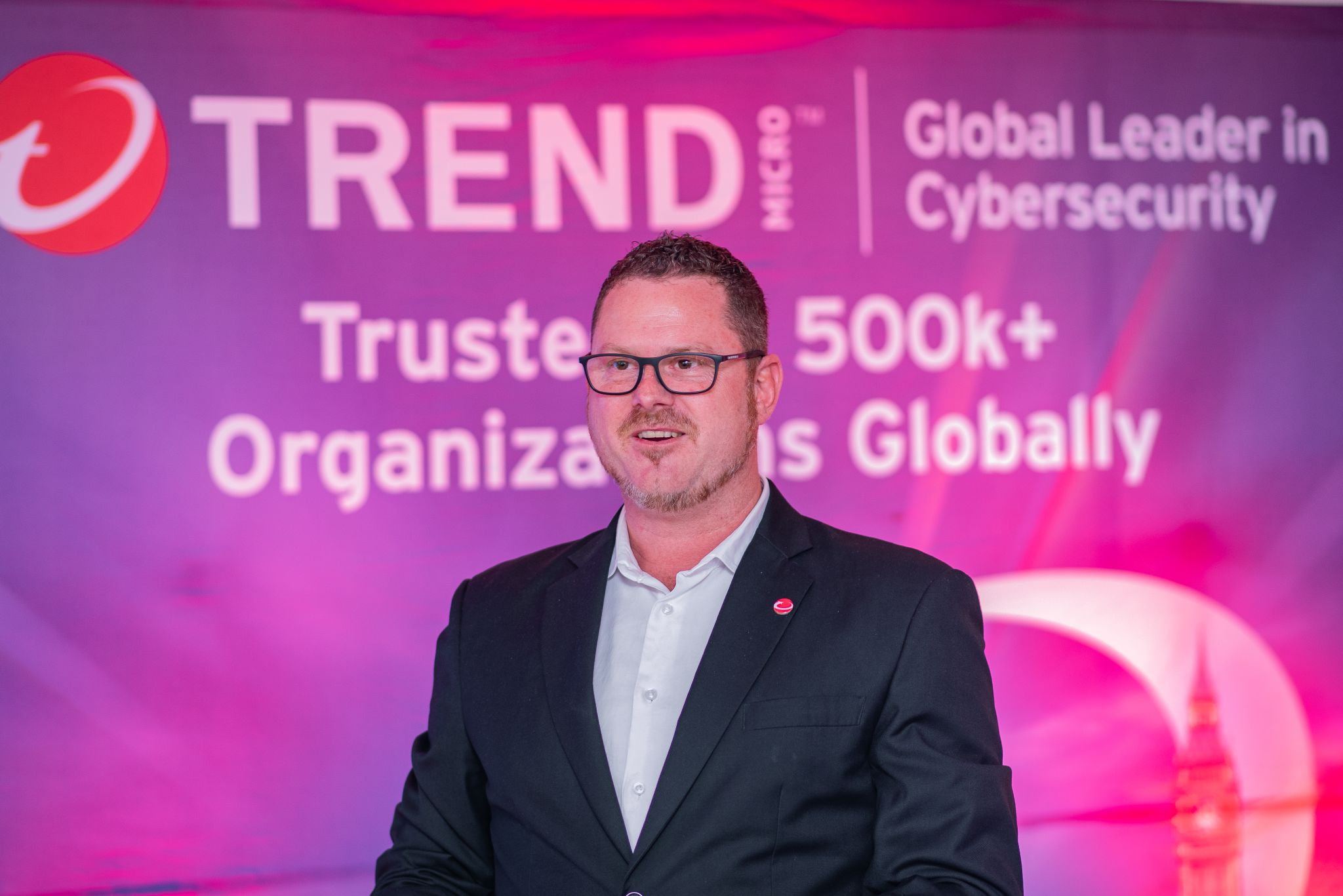advertisement
Trend Micro Brings Its Cyber Resilience World Tour To Nairobi

As the world is slowly advancing, owing to digital transformation, the threat landscape is also rapidly evolving. This is why global cybersecurity giant, Trend Micro, chose to do the Risk to Resilience World Tour.
With this tour, Trend Micro aims to help organizations discover how to take control of their risk posture and achieve long-term cyber resilience with a proactive risk-based approach to cybersecurity. Trend Micro has a plan to take the Cybersecurity Road show to over 100 cities around the globe.
The Risk to Resilience World Tour by Trend Micro couldn’t have come to Nairobi, Kenya at a better time. The country is still recovering and trying to understand the DDoS attack that affected the highest used platform in the country. It’s an attack that brought a lot of Kenyans, and even the government, to the realization that an attack can happen anytime and it’s important to be prepared.
advertisement
Trend Micro preaches the resilience gospel, which basically means have the ability to quickly react to any cyber-attack.
A recent survey with Trend Micro™ Research has revealed that 39% of organizations believe the biggest challenge in managing the digital attack surface is keeping up to date with constant change. At the Nairobi Roadshow, held at Trademark Hotel, Trend Micro delves into the specific needs and challenges faced by individuals and organizations at the front line of cybersecurity.
Gareth Redelinghuys, Country Managing Director, African Cluster at Trend Micro, introduced the attendees of the exclusive event to Trend Micro and what the company does at large. In his keynote address, Gareth also discussed how to secure the Digital Transformation journey in Africa.
advertisement
This shift towards cyber resilience aims to empower entities to withstand, adapt, and quickly recover from cyber incidents, mitigating the potential impact and ensuring a secure digital landscape for the future.
Gareth said that it’s important to understand Cyber Risk as it will help in developing cyber resilience. Cyber Riskencompasses a range of threats, including malware attacks, phishing schemes, ransomware, insider threats, and more.
“Organizations must recognize that cyber risk is not solely a technical issue but a complex interplay of people, processes, and technology. This awareness forms the foundation for developing a comprehensive cyber resilience strategy,” Gareth said in his keynote address.
advertisement
Gareth was also part of a panel discussion at the same event, discussing how to accelerate Risk Management with Trend One, as well as looking at the cyber scare that Kenya got because of the DDoS attack that occurred.
The panel was moderated with dx5’s Chairman, Harry Hare and featured multiple panels including Gareth, Julius Muli (Head of ICT, NHIF), Brian Kisuke (MD, Comztech), Derrick Joel (Senior Network and Security Officer at Kimisitu Sacco), and Cephas Okal (Head of IT, Sumac).
Apart from looking at how to accelerate Risk Management with Trend One, the panellists also shared their experience with explaining security budgets to their various boards. It’s a discussion that has been going around in the IT World, having to prove the budget to the other members of the C-suite or even the board.
From the panellists, however, the situation is improving and the managers and board members are beginning to understand the importance of cyber security and the risk that exists with a non-resilient cyber environment in any given organization.
Below are some more important elements of cyber resilience that were discussed at the exclusive event;
- Proactive Approach: Cyber resilience involves a shift from a reactive response to a proactive mindset. Organizations should anticipate potential threats, constantly monitor their digital assets, and implement robust security measures to detect and prevent attacks before they occur.
- Threat Intelligence and Assessment: Staying informed about the latest cyber threats and trends is crucial. Regular risk assessments help organizations identify vulnerabilities and prioritize areas that require immediate attention. This knowledge arms them with the ability to make informed decisions and allocate resources wisely.
- Security Culture: Fostering a strong security culture within an organization is vital. Employees should be educated on cybersecurity best practices, and their role in maintaining a secure environment should be emphasized. Awareness training can significantly reduce the risk of successful cyberattacks resulting from human error or negligence.
- Incident Response Planning: Developing a well-defined incident response plan is essential to minimize the impact of a cyber incident. The plan should outline roles, responsibilities, and actions to be taken in case of a breach, ensuring a swift and coordinated response.
- Data Protection and Backups: Data is the lifeblood of any organization, and protecting it is paramount. Employing robust encryption techniques and regular data backups can help prevent data loss and ensure business continuity during a cyber incident.
- Collaboration and Information Sharing: Cyber threats affect the entire digital ecosystem. Encouraging collaboration and information sharing among industry peers, law enforcement, and cybersecurity experts can enhance collective defense against sophisticated cyber adversaries.
- Continuous Improvement: Cyber resilience is an ongoing process. Organizations must conduct post-incident reviews to learn from their experiences and improve their security measures continually.